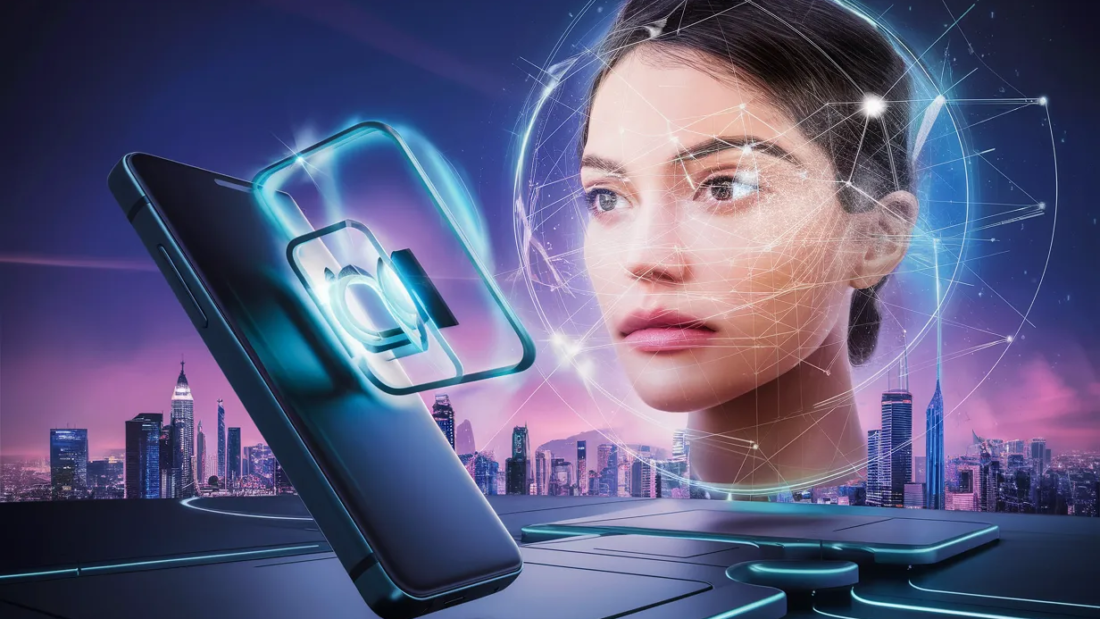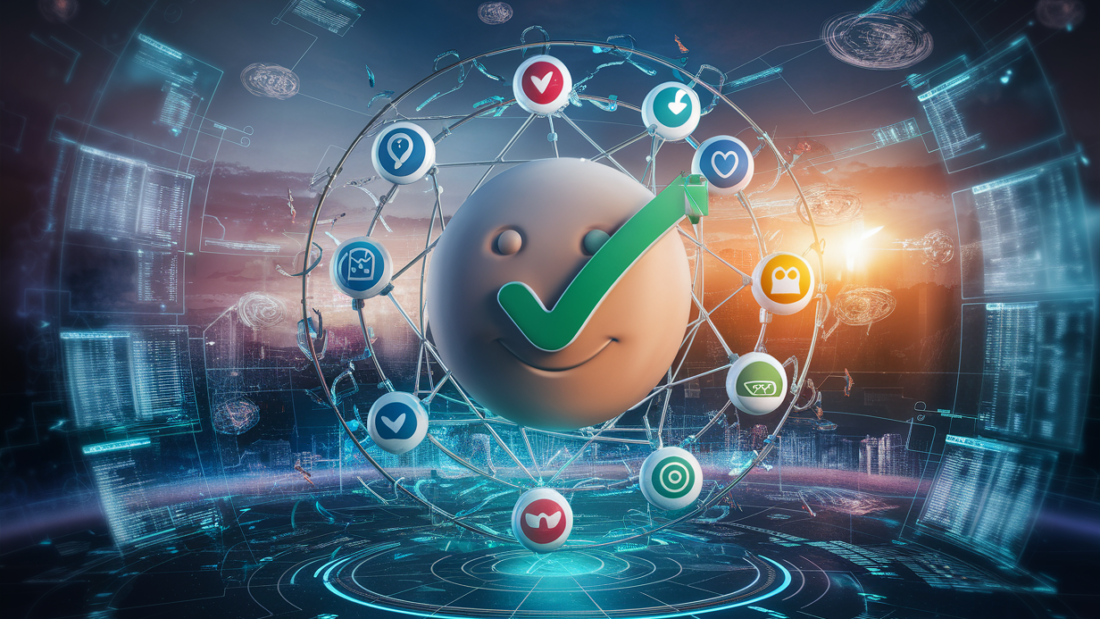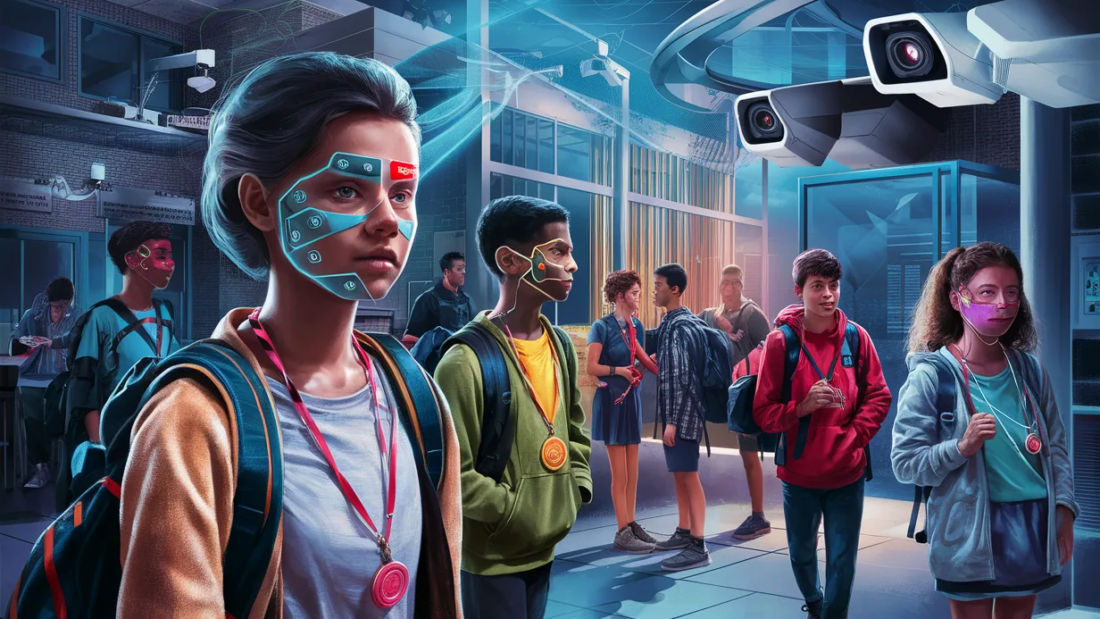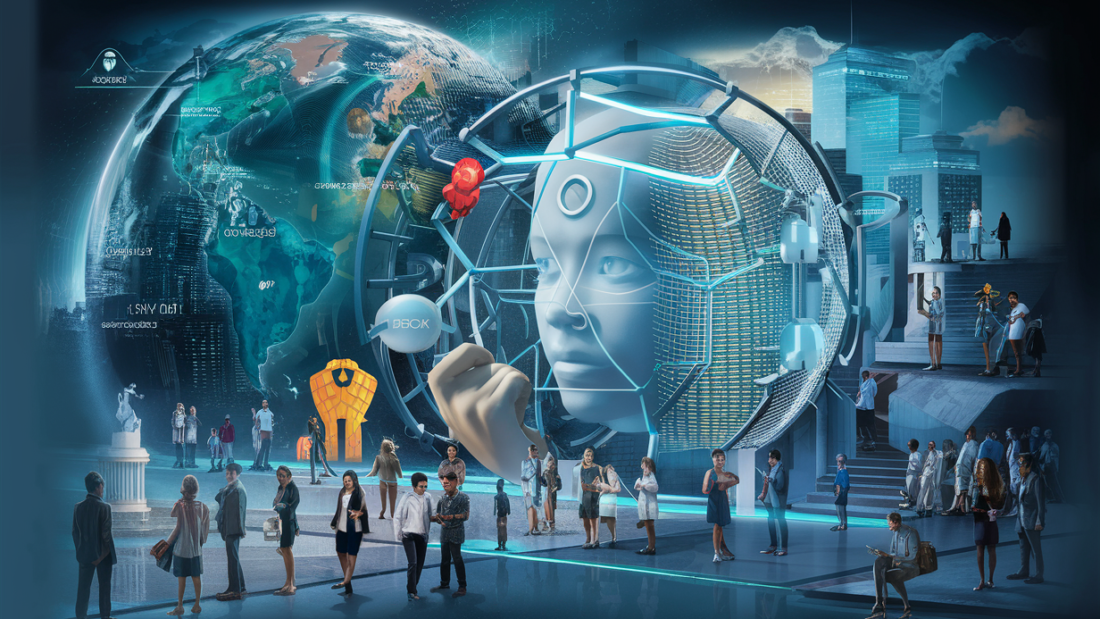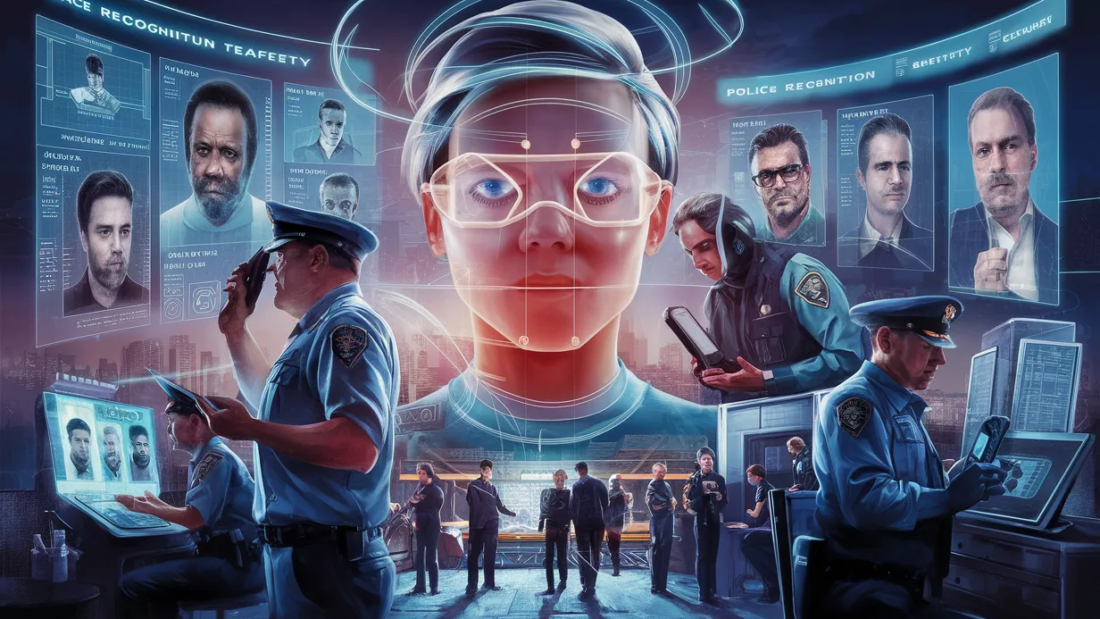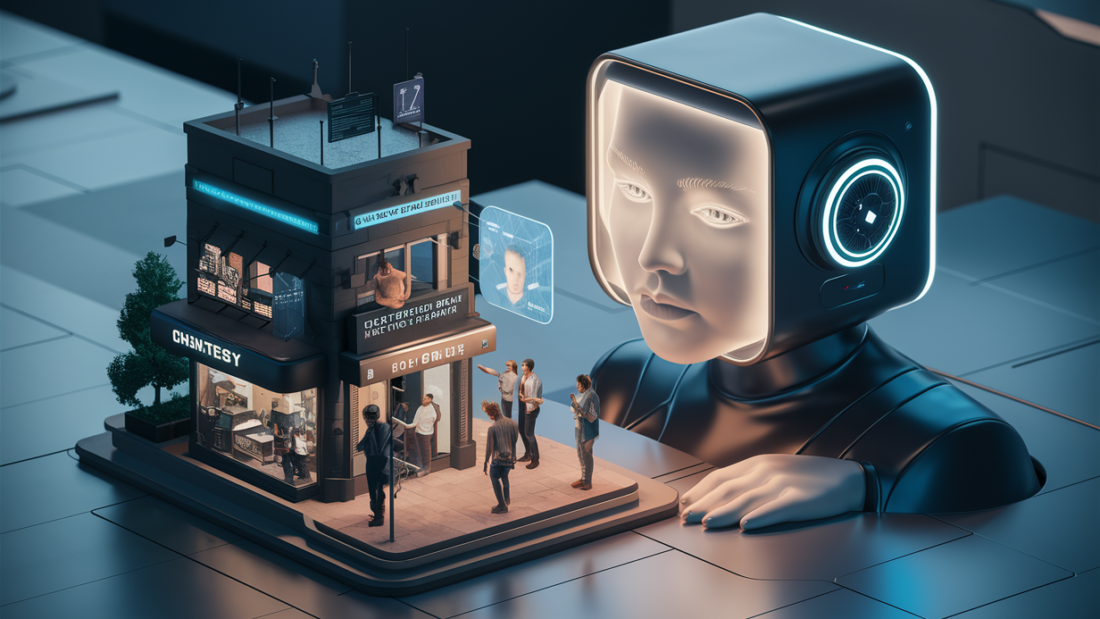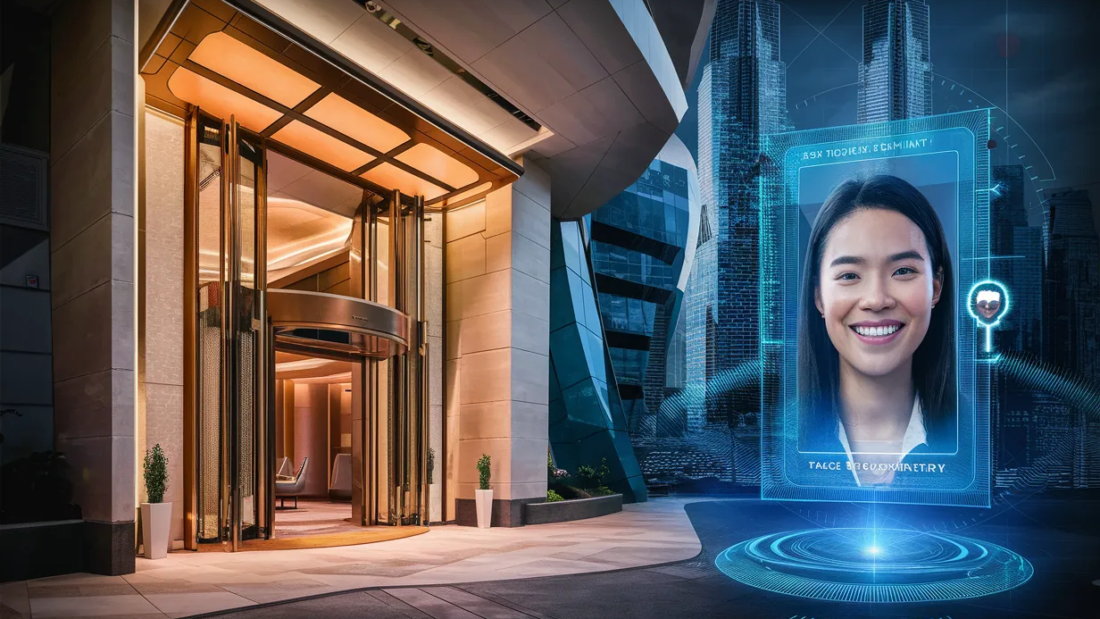In today’s digital landscape, the need for robust security measures, including biometric authentication and computer vision, is paramount. Face liveness detection stands out as a cutting-edge solution that distinguishes between a live person and a fraudulent attempt using photos or videos. By analyzing facial movements and features in real-time, this technology ensures secure access control and fraud prevention, offering a stark contrast to traditional authentication methods. With face liveness detection, organizations can enhance their security protocols, safeguard sensitive data, and provide users with a seamless and reliable experience. Embrace the future of identity verification with this innovative tool that sets new standards in biometric authentication.
Key Takeaways
- Implement face liveness detection to enhance telecom security by verifying the authenticity of users through facial recognition technology.
- Telecom providers can benefit from increased security, reduced fraud, and improved customer trust by integrating face liveness detection into their services.
- Develop a strategic plan for the seamless implementation of face liveness detection, considering factors like user experience, data privacy, and regulatory compliance.
- Learn from success stories in the telecom industry where the adoption of face liveness detection has led to significant improvements in security and customer satisfaction.
- Stay ahead in telecom security by continuously monitoring and updating face liveness detection technologies to adapt to evolving threats and challenges.
- Anticipate future trends in face liveness detection technology to proactively address emerging security needs and provide innovative solutions for service providers.
Understanding the Basics
Concept
Face liveness detection, a crucial technology in computer vision, uses deep learning to verify if a face in front of a camera is live and not a photo or video. Using deep learning algorithms, it analyzes various factors like facial movements and skin tones to ensure accuracy.
Face liveness detection, a technique in computer vision, operates by prompting users to perform random actions like blinking or smiling, ensuring the presence of real faces. This process helps in distinguishing between genuine users and fraudulent attempts.
Importance
The significance of face liveness detection lies in its ability to combat fraud effectively. By incorporating computer vision and deep learning, systems can prevent unauthorized access attempts using fake photos or videos. This enhances security measures significantly.
Implementing face liveness detection minimizes the risk of presentation attacks, where malicious entities exploit vulnerabilities to gain unauthorized access. It adds an extra layer of security, safeguarding sensitive information from potential breaches.
Key Components
- Source Code: Face liveness detection relies on complex algorithms embedded in source code to analyze facial features and movements accurately.
- Parameters: Various parameters are considered during the detection process, such as facial expressions, eye movements, and skin textures.
- Camera and Screen: The interaction between the camera capturing real-time images and the screen displaying prompts for user actions is essential for successful detection.
- Example: An example scenario involves a user facing the camera while prompted to perform specific actions like nodding or turning their head.
- Username: Users are often required to provide their username alongside undergoing the liveness verification process.
- Following Command: Systems prompt users with instructions like “blink twice” or “smile” to confirm live presence.
- Reference Image: A reference image may be used as a comparison point to validate the authenticity of the captured facial data.
Telecom Industry Challenges
Security Threats
The telecom industry faces significant challenges in ensuring face liveness detection for security purposes. One of the primary concerns is the rise in sophisticated cyber threats targeting customer data lines. These security threats pose a serious risk to both telecom companies and their customers.
Fraudulent activities, such as identity theft, have become more prevalent within the telecom sector. Criminals exploit vulnerabilities in authentication processes to gain unauthorized access to sensitive information. This not only jeopardizes customer privacy but also undermines the trust that consumers have in their service providers.
Authentication Vulnerabilities
Current authentication methods used by telecom providers are susceptible to various vulnerabilities. Traditional methods like passwords and PINs are no longer sufficient to protect against increasingly sophisticated cyber attacks. Hackers can easily bypass these outdated security measures, leading to data breaches and financial losses for both companies and customers.
One solution that telecom companies are exploring is implementing biometric authentication technologies, including face liveness detection. By verifying the user’s identity through facial recognition, companies can enhance security and reduce the risk of fraudulent activities. However, the implementation of these technologies comes with its own set of challenges, such as ensuring accuracy, user acceptance, and compliance with data protection regulations.
Impacts on Customer Trust
The inability to effectively address security challenges has far-reaching implications for the telecom industry. Data breaches and identity theft incidents not only result in financial losses but also damage the reputation of telecom companies. Customers who fall victim to fraud or privacy violations are likely to lose trust in their service providers, leading to churn and negative brand sentiment.
To mitigate these risks, telecom companies must prioritize investments in robust security measures, including face liveness detection technology. By proactively addressing security threats and enhancing authentication mechanisms, companies can safeguard customer data, build trust, and differentiate themselves in a competitive market landscape.
Role in Telecom Security
Enhanced Security
Face liveness detection plays a crucial role in bolstering telecom security by verifying the authenticity of users through facial recognition technology. This advanced authentication method significantly reduces the risks associated with unauthorized access to sensitive data and services.
Utilizing face liveness detection in the telecom industry ensures that only legitimate users can access their accounts, preventing fraudulent activities such as identity theft and unauthorized transactions. By incorporating this cutting-edge technology, telecom companies can enhance their overall security posture and protect both customer information and network infrastructure.
Tailored Security Needs
The unique security challenges faced by the telecom sector, including SIM card fraud and account takeovers, necessitate robust measures to safeguard customer data and privacy. Face liveness detection offers a tailored solution to these specific security needs by providing an additional layer of protection that is difficult for malicious actors to bypass.
Implementing face liveness detection not only enhances security but also improves user experience by offering a seamless and convenient authentication process. Telecom providers can ensure that their customers’ identities are verified accurately and efficiently, reducing the likelihood of security breaches and fraudulent activities.
Mitigating Risks
By integrating face liveness detection into their security protocols, telecom providers can effectively mitigate various risks associated with cyber threats and unauthorized access attempts. This technology enables real-time verification of users’ identities, making it challenging for fraudsters to manipulate or exploit security vulnerabilities within the system.
The proactive nature of face liveness detection empowers telecom companies to stay ahead of potential security threats and respond swiftly to any suspicious activities. By continuously verifying the authenticity of users, telecom providers can maintain a secure environment for both their customers and their network infrastructure.
Benefits for Telecom Providers
Enhanced Security
Face liveness detection provides an additional layer of security for telecom providers. By verifying that a real person is present during transactions, it helps prevent fraudulent activities. This feature ensures that only authorized individuals can access sensitive information or services.
Improved Customer Trust and Loyalty
Implementing face liveness detection can lead to increased customer trust and loyalty. When customers feel that their data and transactions are secure, they are more likely to continue using the telecom provider’s services. This enhanced sense of security builds long-term relationships with customers.
Cost-Effectiveness and Efficiency
Integrating face liveness detection into telecom services offers cost-effective solutions for identity verification. By automating the authentication process, telecom providers reduce the need for manual intervention, saving time and resources. This technology streamlines operations and enhances efficiency in customer interactions.
Strategy for Implementation
Integration Steps
To integrate face liveness detection into telecom systems, providers should first build a script to capture video streams. Next, they need to code the system to process the video in real-time and validate the user’s identity. This process ensures a seamless line of security.
Telecom providers can follow these steps:
- Develop a robust script for capturing live video streams.
- Implement code for real-time processing and validation of user identities.
Best Practices
Implementing face liveness detection requires a strategic approach to maximize security benefits. Providers should prioritize accuracy by ensuring that each part of the detection process is finely tuned. Regular updates and maintenance are crucial to stay ahead of emerging threats.
Key considerations include:
- Regularly updating the face liveness detection system.
- Fine-tuning each component for optimal accuracy.
Deployment Options
Telecom providers have various deployment options when integrating face liveness detection. They can choose between on-premises solutions or cloud-based services based on their specific requirements and resources available. Furthermore, considering factors like scalability and integration capabilities is essential for successful implementation.
Deployment considerations include:
- Choosing between on-premises or cloud-based deployment.
- Evaluating scalability and integration capabilities for seamless adoption.
Success Stories in Telecom
Implementation Method
Telecom providers have revolutionized their security measures by adopting face liveness detection. By utilizing advanced algorithms, these companies verify user identities in real-time, enhancing overall security protocols.
Positive Outcomes
- Enhanced Security: Face liveness detection ensures that only authorized individuals access sensitive information, reducing the risk of fraud and unauthorized access.
- Improved Customer Experience: Telecom companies streamline user verification processes, leading to quicker transactions and a seamless customer experience.
- Cost-Efficiency: By automating identity verification through face liveness detection, telecom providers save on manual labor costs associated with traditional verification methods.
Implementing face liveness detection has significantly impacted the telecom industry positively. Companies report a decrease in fraudulent activities and an increase in customer satisfaction due to enhanced security measures.
Testimonials from Telecom Companies
Company A
“We have seen a remarkable decline in fraudulent activities since integrating face liveness detection into our systems. Our customers feel more secure knowing that their data is protected.”
Company B
“The implementation of face liveness detection has not only improved our security standards but also optimized our operational efficiency. We now process transactions faster while ensuring top-notch security.”
Telecom giants across the globe are leveraging face liveness detection to safeguard user data and enhance operational efficiency. The method has proven to be a game-changer in combating fraud and providing a secure environment for both companies and customers.
Leading in Telecom Security
Spoof Attacks
Face liveness detection offers a robust defense against spoof attacks by ensuring the user is physically present.
Telecom providers can leverage this technology to enhance biometric authentication methods, thwarting malicious attempts at spoofing.
Embracing face liveness detection not only safeguards user data but also strengthens the overall security posture of telecom networks.
Competitive Edge
By integrating face liveness detection, telecom companies can gain a competitive edge in the market by offering enhanced security features.
This proactive approach not only builds trust with customers but also sets them apart from competitors who may lag in implementing such advanced security measures.
Market Leadership
Telecom firms that prioritize face liveness detection position themselves as industry leaders in safeguarding customer information.
This proactive stance resonates well with consumers who increasingly value data privacy and security, potentially leading to increased market share and brand loyalty.
- Enhanced security features
- Improved customer trust
- Potential for increased market share
Predicting Future Trends
Security Innovations
The evolution of artificial intelligence and computer vision will drive advancements in face liveness detection. Telecom companies are increasingly focusing on enhancing security measures to combat rising cyber threats.
Telecom industry leaders are investing in cutting-edge technologies to bolster their security infrastructure. The integration of face detection and liveness detection algorithms is becoming crucial to ensure robust authentication processes.
Enhanced Data Processing
With the exponential growth of digital transactions, telecom operators will rely more on detection technologies to safeguard customer data. Advanced algorithms can differentiate between real and fake faces, ensuring secure access control.
Innovations in data augmentation techniques will enable telecom companies to create diverse and comprehensive datasets for training face liveness detection models. This will enhance the accuracy and reliability of authentication systems.
Tailored Solutions
As telecom networks continue to expand globally, the demand for efficient security solutions is escalating. Customized face liveness detection systems tailored to meet the specific requirements of each region will become essential.
Telecom providers are exploring new avenues for integrating face liveness detection into their existing security frameworks. By leveraging real-time processing capabilities, they can enhance fraud prevention mechanisms and streamline user verification processes.
Engaging Service Providers
Collaborating with Telecom
Service providers can collaborate with telecom companies to implement face liveness detection solutions effectively. By integrating face liveness technology into their services, providers can enhance security measures for users. Such collaborations enable the seamless integration of face liveness checks within telecom applications.
Telecom companies possess vast user databases and infrastructure, making them ideal partners for service providers aiming to bolster their security protocols. By leveraging the telecom network’s robustness, service providers can ensure active checks for face liveness in real-time. This collaboration ensures a reliable and efficient response to potential security threats.
Enhancing Security Measures
Partnerships between service providers and telecom companies play a crucial role in enhancing overall security measures. The implementation of face liveness detection solutions adds an extra layer of security to user authentication processes. By incorporating this technology, service providers can significantly reduce the risks associated with identity theft and unauthorized access.
The integration of face liveness detection not only enhances security but also improves user experience by streamlining authentication procedures. Telecom companies bring their expertise in network security and data management to the table, ensuring that face liveness solutions are seamlessly integrated into existing services. This collaboration results in a more secure environment for users while maintaining a user-friendly interface.
Tailoring Solutions for Telecom Providers
To meet the specific requirements of telecom providers, service developers should tailor face liveness detection solutions accordingly. Customizing these solutions involves understanding the unique challenges faced by telecom companies in terms of security and user authentication. By conducting thorough assessments, service providers can develop personalized face liveness technologies that align with telecom standards.
Developers need to stay updated with industry trends and regulatory requirements to ensure that their services comply with telecom guidelines. Regular updates and maintenance are essential to address evolving security threats effectively. By offering flexible solutions that can be easily integrated into existing telecom platforms, service developers can cater to the dynamic needs of the telecommunications industry.
Summary
You’ve delved into the world of face liveness detection in the telecom industry, understanding its significance in enhancing security measures and combatting fraudulent activities. By implementing this technology, telecom providers can not only safeguard sensitive data but also bolster customer trust and loyalty. The success stories shared highlight the tangible benefits and the potential for growth in telecom security through proactive strategies and cutting-edge solutions.
As you navigate the dynamic landscape of telecom security, consider integrating face liveness detection into your operations to stay ahead of evolving threats and meet the increasing demands for robust cybersecurity measures. Embrace innovation, leverage proven tactics, and forge partnerships to fortify your position as a leader in safeguarding telecommunications infrastructure. Your commitment to staying informed and adopting advanced security measures will not only protect your business but also inspire confidence among your clientele.
Frequently Asked Questions
What is face liveness detection?
Face liveness detection is a technology that verifies the presence of a live person in front of the camera to prevent spoofing attacks. It ensures that the person being authenticated is physically present during the verification process.
How does face liveness detection benefit the telecom industry?
Face liveness detection enhances telecom security by providing an additional layer of authentication, reducing fraud risks, and safeguarding sensitive customer data. Telecom companies can offer more secure services and build trust with their customers.
What role does face liveness detection play in enhancing telecom security?
Face liveness detection strengthens telecom security by preventing unauthorized access, identity theft, and fraudulent activities. By verifying the user’s live presence, it ensures that only legitimate users can access sensitive telecom services.
How can telecom providers implement face liveness detection successfully?
Telecom providers can implement face liveness detection by integrating it into their existing security systems, conducting thorough testing, training staff on its usage, and continuously updating the technology to stay ahead of potential threats.
Are there any success stories in the telecom industry related to face liveness detection?
Several leading telecom companies have successfully integrated face liveness detection into their security protocols, resulting in reduced fraud rates, improved customer trust, and enhanced overall cybersecurity measures. These success stories highlight the effectiveness of this technology in real-world applications.
